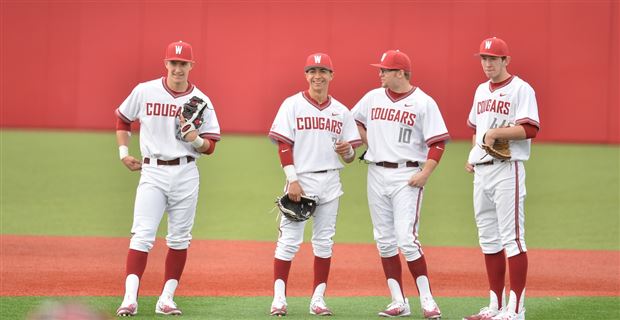


Once they are on the team, performance, leadership and other factors can alter individual scholarships for the following year.

Success as a catch rider is a big plus, as the collegiate riding format requires competing on horses owned by the host school.
WASHINGTON STATE HORSEMEN GAMES DIVISION FULL
Thanks to the aforementioned correlation between good grades and good riding, several receive the equivalent of a full ride when their athletic scholarships are combined with academic scholarships.įor prospective student athletes, there is an "absolute correlation" between performance on the show circuit and how generous a scholarship they will be offered, reports Auburn head coach Greg Williams. Of the team's 38 young women for the 2010-2011 season, 24 (63 percent), received athletic scholarships. Reserve champion in the hunt-seat division at the 2010 NCAA Varsity Equestrian Championships, Auburn University in Auburn, Alabama, is one of the NCAA network's most proactive recruiters. The more seniors with scholarships who graduate each spring, the more money there is to offer new team members that fall. And the amount of scholarship money available varies from year to year. To prevent friction within the team, most coaches and scholarship recipients don't divulge how much money the athletic department doles out to whom. An injured rider can usually take advantage of a "medical red shirt" year that allows her to stay on the team even if she can't ride. Team members who maintain their grades, perform well for the team and follow school rules can generally be confident in keeping their scholarship money for all four years of their education. "The more skilled a rider you are, the more money you will be given, but we try to get everybody what they need to be able to come here."Īs with most NCAA teams, scholarship amounts are defined as a percentage of the entire cost of attending the school, rather than a fixed dollar amount. "We try to give everybody some piece of the money," explains graduate assistant and longtime Seton Hill team member Erin Albert. That amounts to roughly $100,000 each year for a team of 15 equestrians. Some of these schools comply with NCAA rules, but their teams compete on the IHSA circuit.Īt another point on the NCAA spectrum of possibilities, the riding team at Division II school Seton Hill, in Greensburg, Pennsylvania, provides scholarships in the amount of three full rides to the small Catholic liberal arts school.

A few of them, including Ivy Leaguers Cornell and Brown, do not offer any athletic scholarships, as is the tradition with NCAA Division III schools that generally emphasize academics over athletics. At present, there are 23 universities with NCAA equestrian teams. These cover tuition, student fees, room, board and books. Per NCAA rules, these teams can offer 15 full rides. Getting recruited for an NCAA equestrian team is the best chance for a substantial scholarship. Equestrian associations, from the US Equestrian Federation to a local riding club, comprise the third category. The first two are the universities themselves: either a school with an NCAA team or those with teams that compete in the IHSA system. High-school riders looking to parlay equestrian accomplishments into help with college costs first need to sort scholarship sources into three broad categories.


 0 kommentar(er)
0 kommentar(er)
